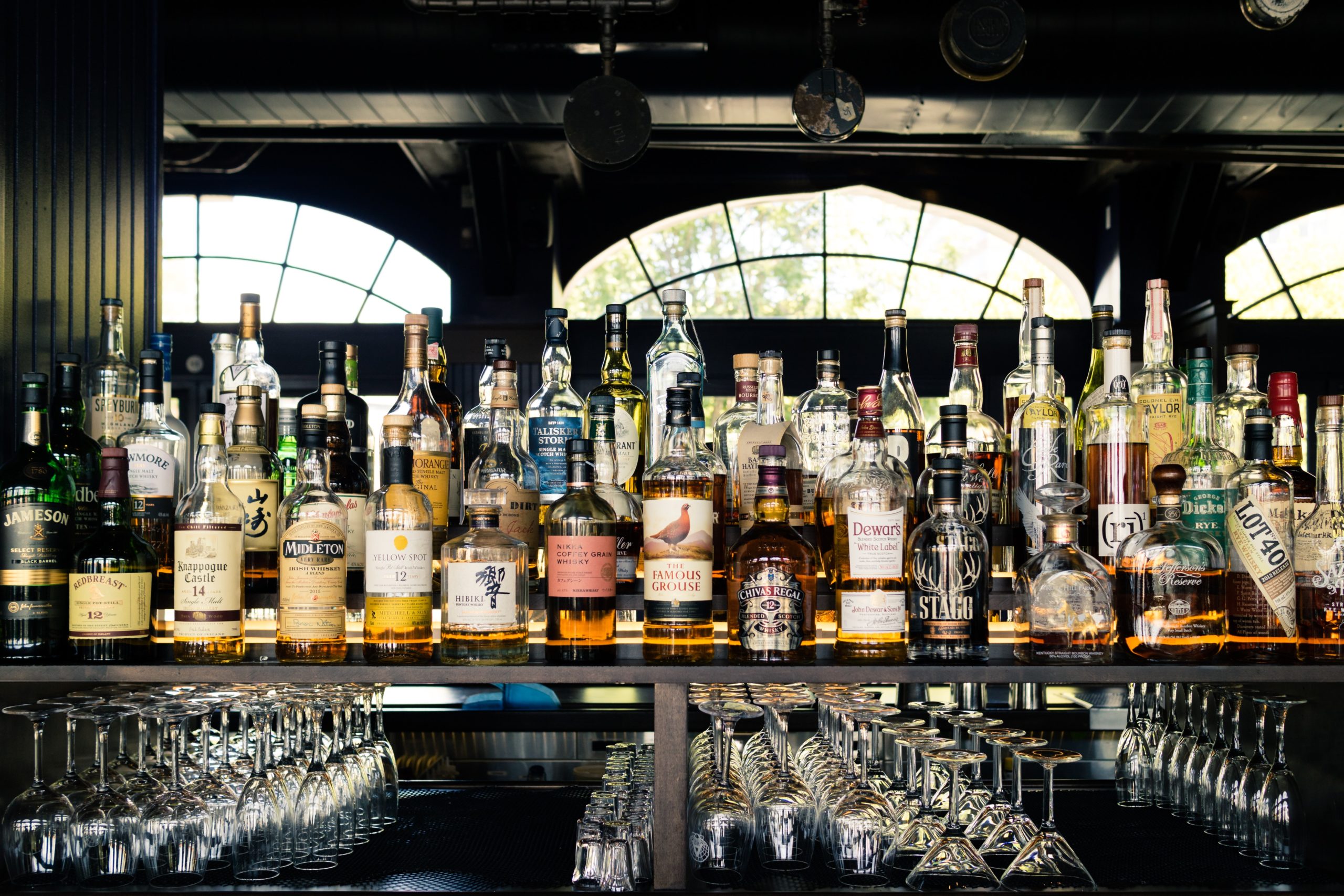
Finishing Touches: Five Great Irish Whiskeys, Five Powerful Finishes
by Gary Quinn
Irish whiskey offers a sometimes bewildering array of whiskey flavours, descriptions and cask types. While they’re fun to explore, the sheer number of different maturation styles, woods used and the finishes applied can make a sometimes confusing (but delicious) flavour journey.
To try and unpick where a whiskey’s flavour comes from, we have to understand the difference between maturation and finishing. And then what each finish delivers to the bottled whiskey.
---------------
You have reached a members-only page of the Stories & Sips Whiskey Club.
If you are already a member, we're delighted you're here and you can log in here to access all areas of your membership.
Not yet a member? Join a growing and engaged community of Irish whiskey fans from across the world and participate in our live and virtual Whiskey Club events as soon as you join and get access to our exclusive Club whiskeys and casks. No long-term contracts. Cancel anytime.
Sláinte.

